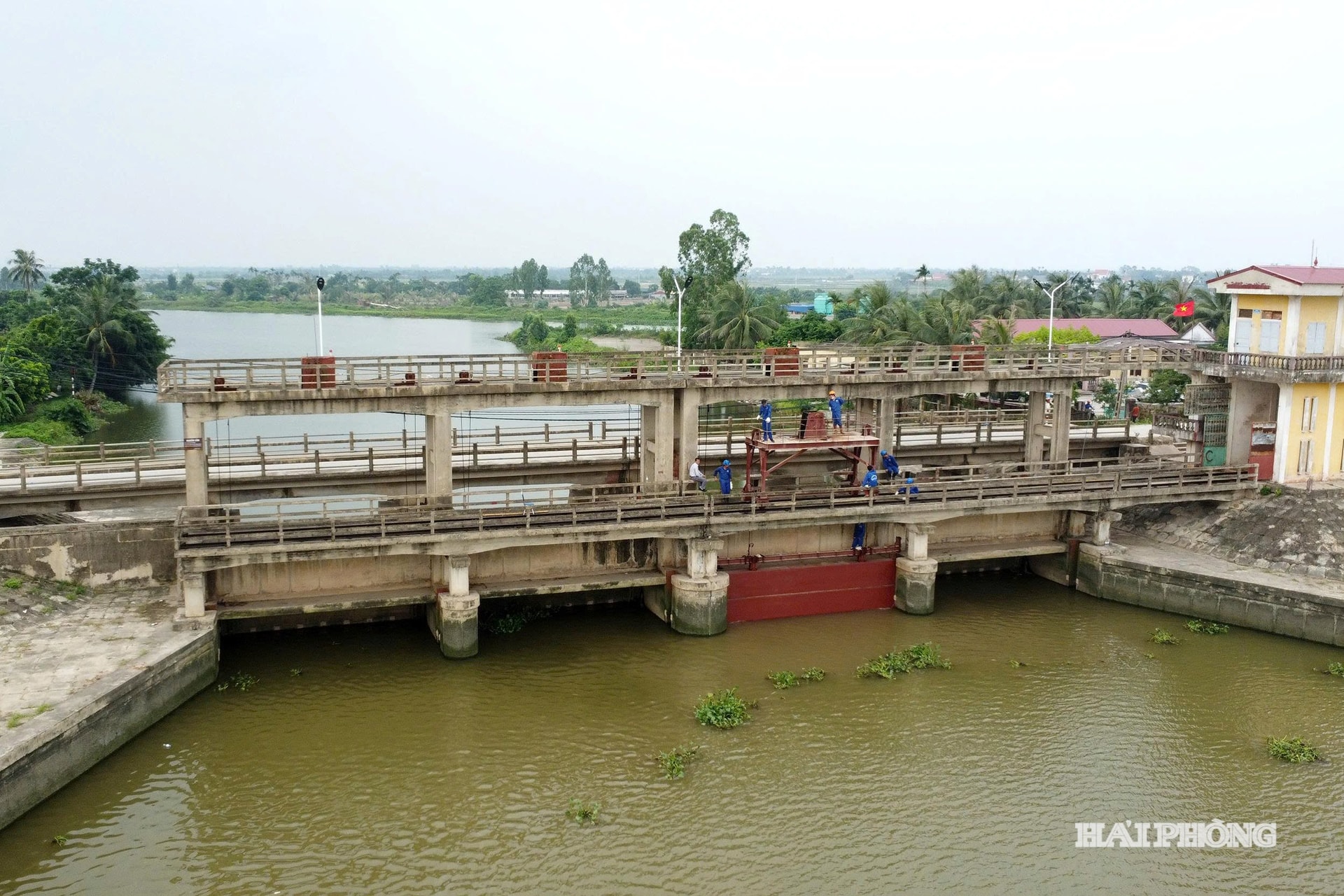
Increased extreme weather
According to Deputy Director of the Department of Construction Nguyen Minh Tuan, one of the reasons why flooding in Hai Phong is becoming more and more complicated is due to the impact of climate change, with more frequent heavy rains.
In recent years, the eastern part of the city has often experienced heavy rains, prolonged rains with rainfall of over 100 mm, especially rains of over 250 mm. Previously, the frequency of rains of over 100 mm occurred about once every 2-3 years. In the past 3 years, the frequency has been more frequent, from 2-3 times/year. In particular, there have been rains of over 250 mm, combined with high tides and floods from upstream, causing widespread flooding in the city. Even on days when it does not rain, the core urban areas in the east of the city with low-lying terrain are still flooded due to high tides.
Hai Phong is a coastal city, surrounded by dense large rivers such as: Bach Dang River, Cam River, Lach Tray River, Thai Binh River, Sat River, Van Uc River, Hoa River... The slope of the riverbeds is quite small, flowing slowly. The rivers are greatly affected by tides, so they directly affect the drainage system. When the tide in the rivers rises to 4 m or more, many urban areas and low-lying riverside areas are flooded.
According to the Department of Construction, over the past 10 years, the sea level in Hai Phong has risen about 20 cm, increasing on average about 2 cm/year. Hai Phong is ranked 10th among the cities in Asia most heavily affected by climate change and rising sea levels.
It is predicted that in the next few decades, if there is no fundamental solution, many areas of the city will be submerged in seawater. This also poses a big problem for the city's drainage system, requiring comprehensive solutions, early preparation to adapt to climate change, and minimize negative impacts on people's lives and production.
Fragmented drainage infrastructure
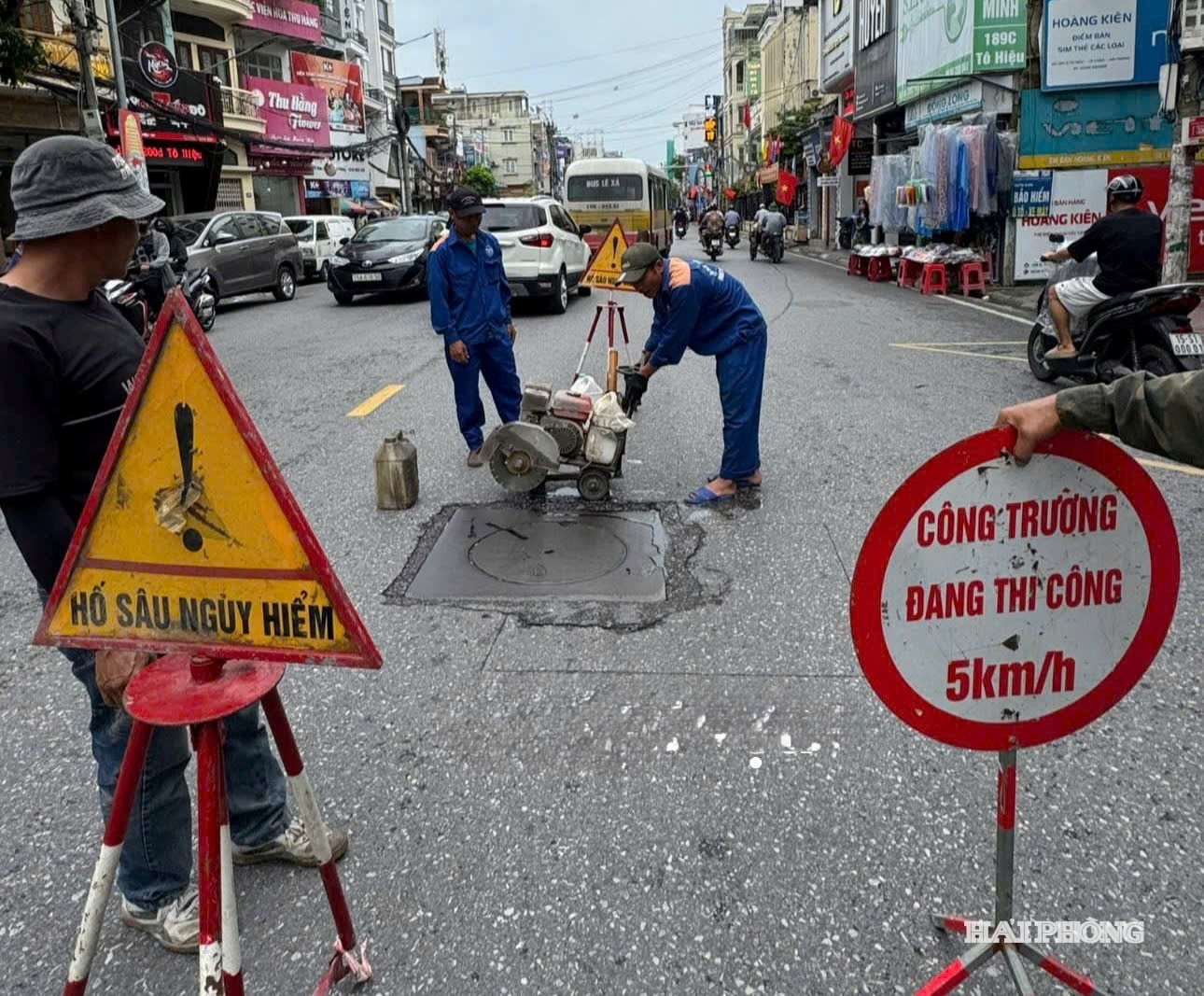
Hai Phong is the third largest city in the country, with rapid urbanization. The urban area is constantly expanding, the urban population is increasing rapidly, creating pressure on urban technical infrastructure.
Meanwhile, most of the city's drainage system was designed and built a long time ago, for both rainwater and wastewater. Some works have degraded due to overloading, a lot of sludge has settled in the sewers, some main sewers are damaged, the cross-section is small and there is no funding for renovation or replacement.
Many investment projects to build, renovate drainage systems, and improve urban environmental sanitation have been implemented in both the east and west of the city, such as: Le Thanh Nghi Street drainage system improvement project; Hai Phong City drainage and sanitation project; Hai Phong rainwater drainage, wastewater and solid waste management project (phase 1); Hai Duong City dynamic urban development project with a budget of more than 1,700 billion VND.
However, the investment projects and projects are still patchy and lack uniformity. The newly implemented projects only cover about 30-35% of the area of the central wards.
In new urban areas and suburban areas, most of them have not yet invested in large-scale drainage projects. The drainage system in residential areas is mainly invested by capital sources along with the construction of new rural infrastructure, which is not synchronized. Drainage water mainly flows through existing ponds, lakes, and irrigation canals into the river.
Lack of regulating lakes and drainage pumping stations
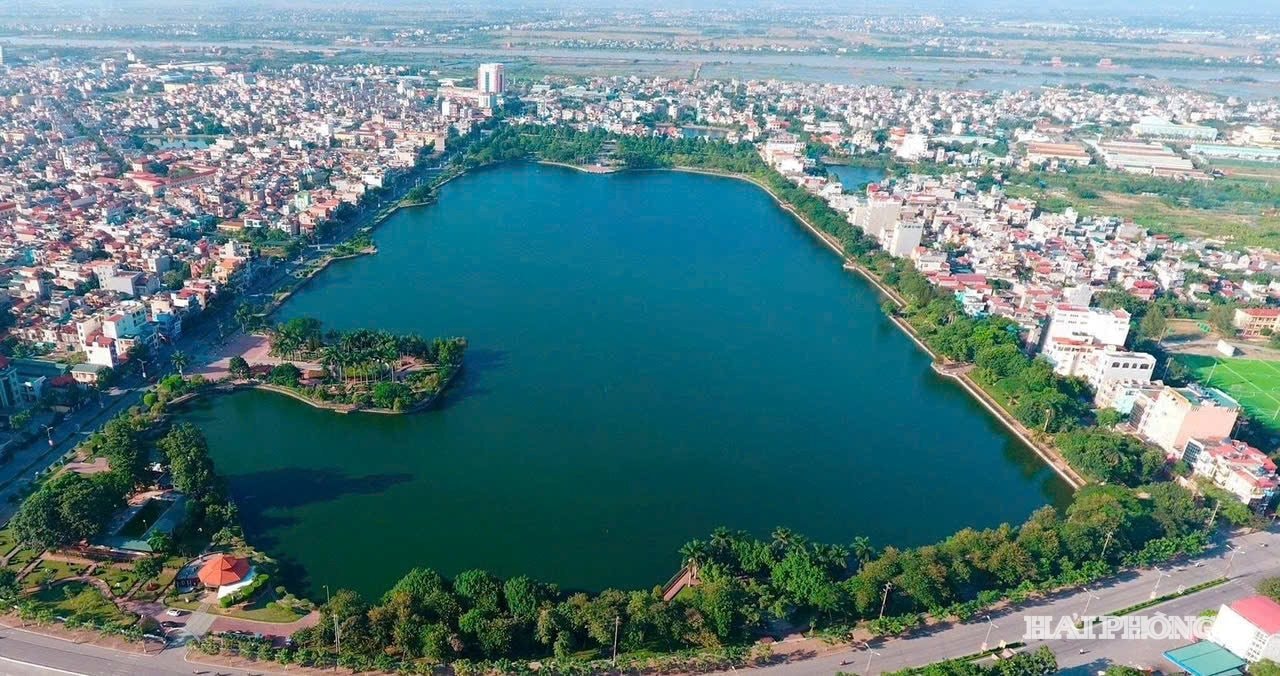
Regulating lakes are considered as water storage bags, an effective solution to cope with urban flooding, but this system in Hai Phong is currently both lacking and weak. Hai Phong urban area currently has 29 regulating lakes with a total area of about 117.2 hectares, mainly concentrated in the central inner city area and some large regulating lakes in the western region such as Bach Dang lake, Binh Minh lake... The existing regulating lake area only meets about 20% of the capacity to drain rainwater, wastewater, and prevent flooding in the area.
Whenever heavy rains combine with high tides, operating drainage pumping stations is considered an urgent solution to push water out of the river. However, the number of drainage pumping stations is still too small. The entire city currently has only 28 pumping stations, with a total capacity of 71 m3 /second. Of which, the large eastern urban area has 8 pumping stations, the western area has 20 pumping stations.
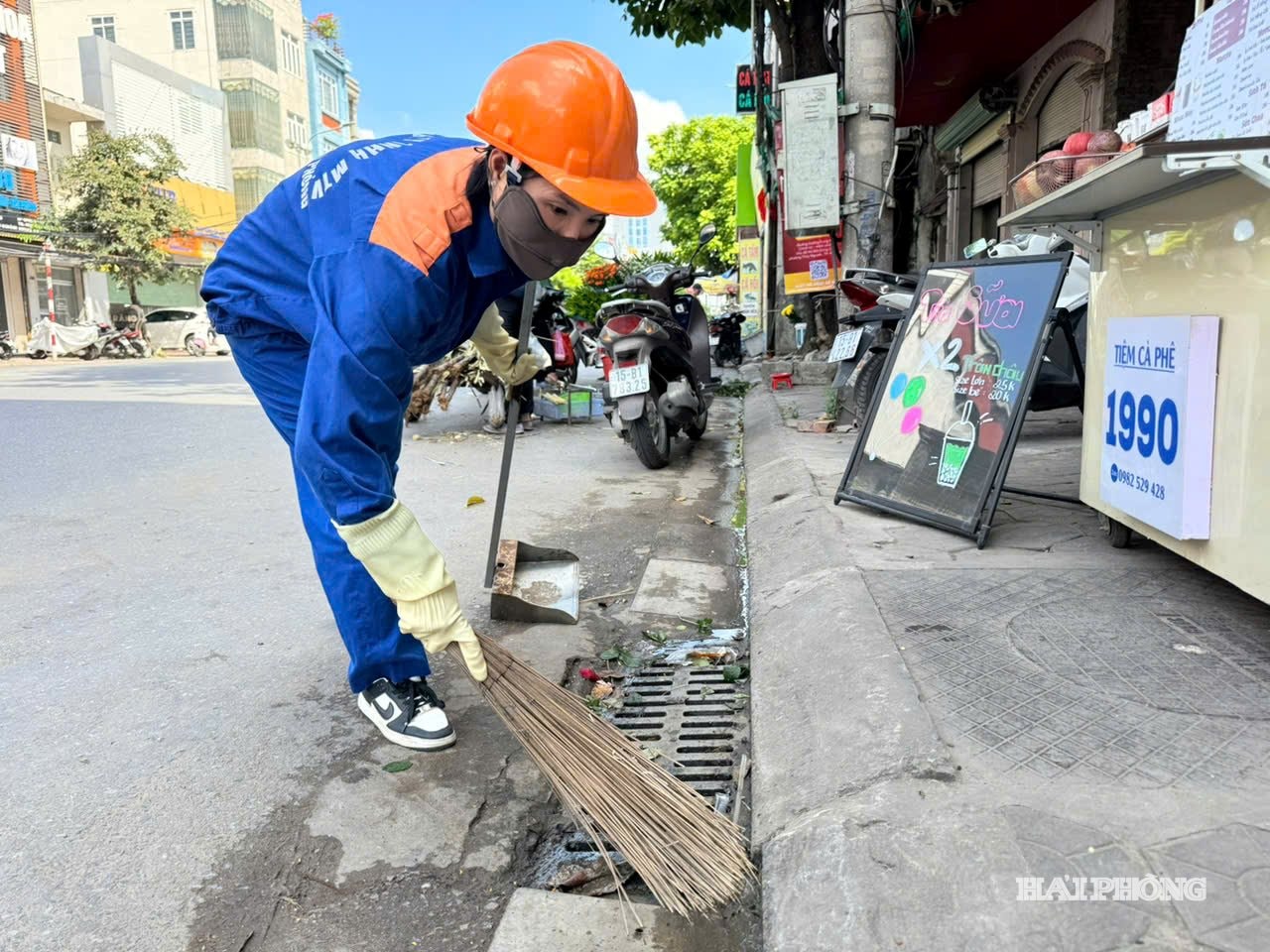
In the new suburban areas, many infrastructure investment and housing development projects are being implemented. The construction of these projects causes blockage of water flow and drainage, changes in ground elevation, and water from high areas flows to old, low-lying urban areas, causing flooding.
In addition, people's awareness of protecting works and drainage systems is not high. Currently, people's behavior of dumping waste into regulating lakes, drainage ditches, and filling water intakes is still common. This is a cause that reduces drainage capacity, leading to flooding...
The Department of Construction assessed that with the current state of drainage infrastructure, in the context of rapid urban development, directly affected by climate change, only rains of over 50 mm can cause many urban areas of Hai Phong to begin flooding.
Final article: Urgent long-term solutions
GROUP OF REPORTERSSource: https://baohaiphong.vn/khan-truong-ung-pho-ngap-lut-do-thi-hai-phong-bai-2-ha-tang-thoat-nuoc-nhu-tam-ao-chat-524999.html


![[Photo] National Assembly Chairman Tran Thanh Man receives foreign ambassadors who came to say goodbye](https://vphoto.vietnam.vn/thumb/1200x675/vietnam/resource/IMAGE/2025/10/30/1761820977744_ndo_br_1-jpg.webp)
![[Photo] The Third Patriotic Emulation Congress of the Central Internal Affairs Commission](https://vphoto.vietnam.vn/thumb/1200x675/vietnam/resource/IMAGE/2025/10/30/1761831176178_dh-thi-dua-yeu-nuoc-5076-2710-jpg.webp)
![[Photo] General Secretary To Lam attends the Vietnam-UK High-Level Economic Conference](https://vphoto.vietnam.vn/thumb/1200x675/vietnam/resource/IMAGE/2025/10/30/1761825773922_anh-1-3371-jpg.webp)
![[Photo] Touching scene of thousands of people saving the embankment from the raging water](https://vphoto.vietnam.vn/thumb/1200x675/vietnam/resource/IMAGE/2025/10/30/1761825173837_ndo_br_ho-de-3-jpg.webp)
![[Photo] General Secretary To Lam meets former British Prime Minister Tony Blair](https://vphoto.vietnam.vn/thumb/1200x675/vietnam/resource/IMAGE/2025/10/30/1761821573624_tbt-tl1-jpg.webp)
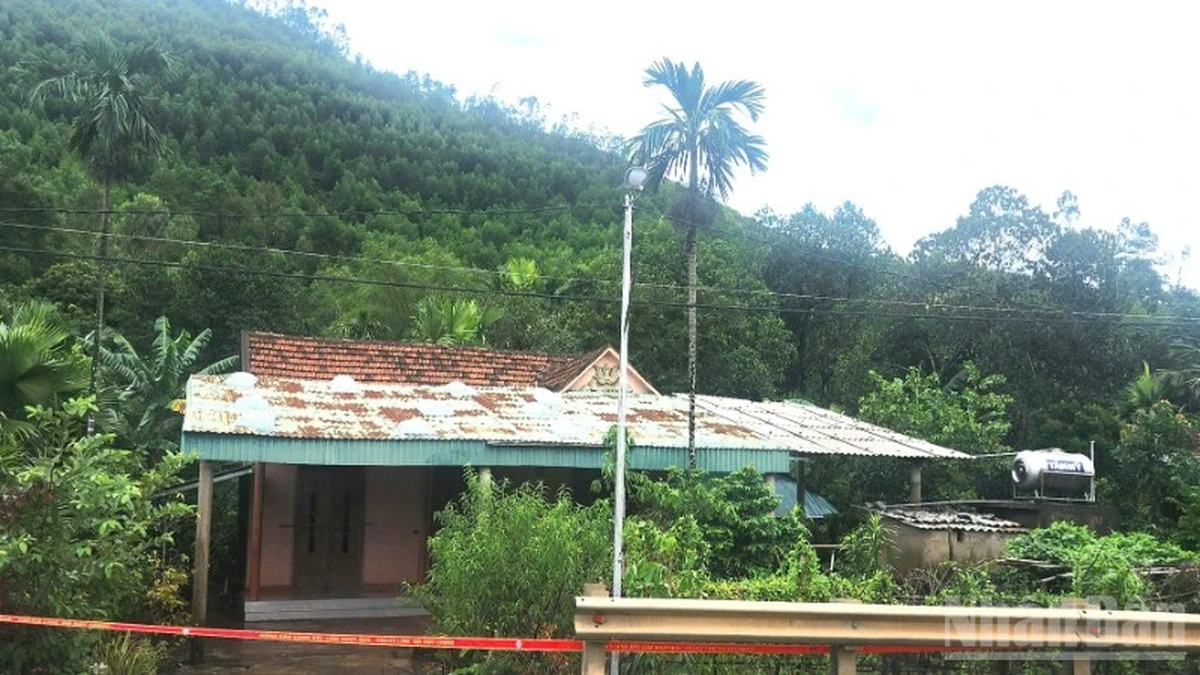


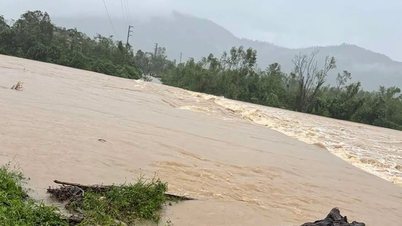
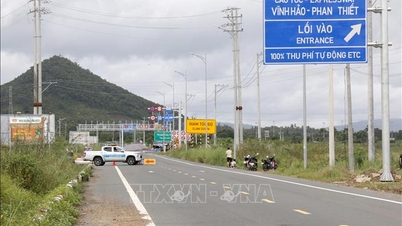










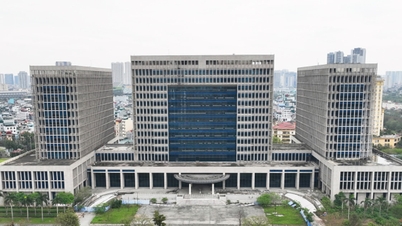












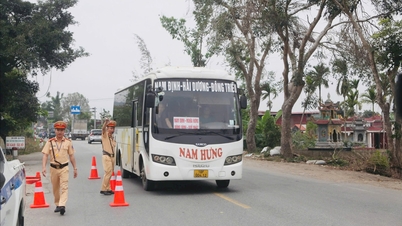


























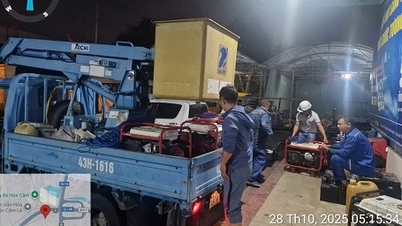



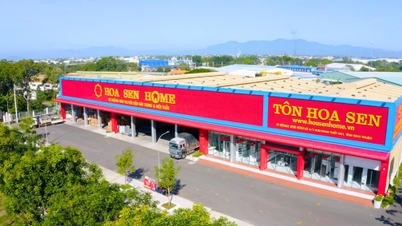


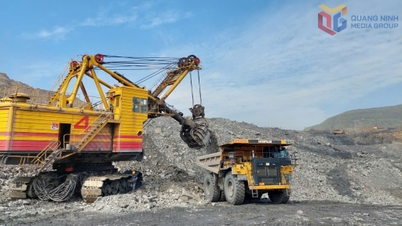






















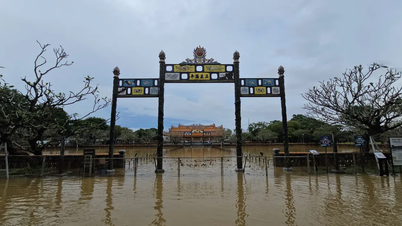





















Comment (0)